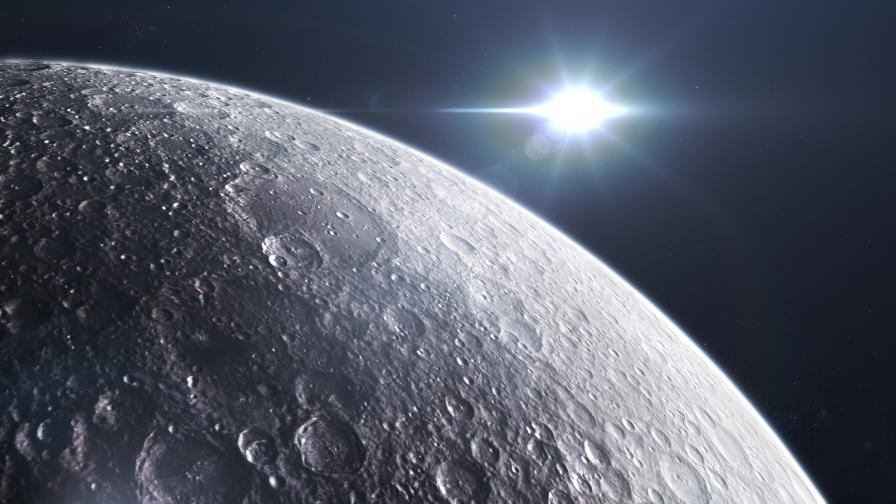The main areas affected will be the coastal areas.
The moon can cause more serious and more frequent floods. The reason is its unstable orbit, whose influence is beginning to be “felt” more on Earth, according to a NASA study, quoted by CNET.
According to scientists, in the next decade the orbit of the moon will change to such an extent that it will have a more serious impact on the tides. Coastal areas will be the main victims of this, and they can expect a “drastic increase” in floods, scientists warn.
Of course, the reason is not only the moon. Due to global warming and melting ice, the average level of the world’s oceans is also rising. This is still a problem for the settlements in the low altitudes.
In combination with even a minimal change in the Moon’s orbit, floods can become very common, warns NASA Administrator Bill Nelson. He says the space agency’s sea level monitoring team is working to anticipate these events and plan steps to reduce damage.
Scientists have developed several scenarios for the development of the situation over the next 60 years. They will be able to predict in more specific time periods what would happen, based on the information available at a given time. One of the goals is to be able to predict in which months there will be a greater probability of floods.
The unstable orbit of the moon is nothing new. Scientists have known about it since 1728, when it is 18.6 years old and have divided it into two equal cycles. During the first, the tides are lower than the average, and the ebbs are higher, with a compensatory effect. In the second half, however, the opposite effect occurs with higher tides.
The next such cycle will be in the 1930s, when, at the current rate of melting ice, a significant increase in sea levels is expected. That is why scientists warn that we must start planning the necessary measures from now on.









